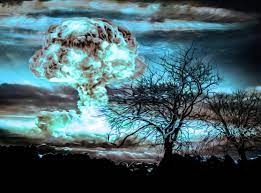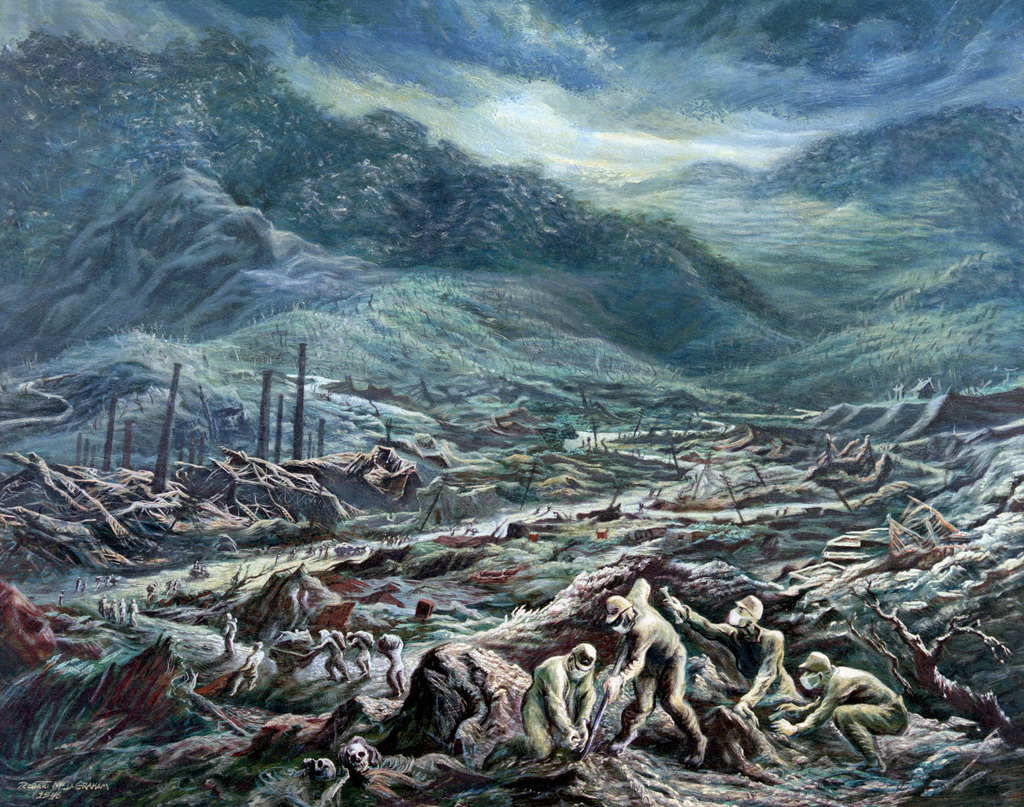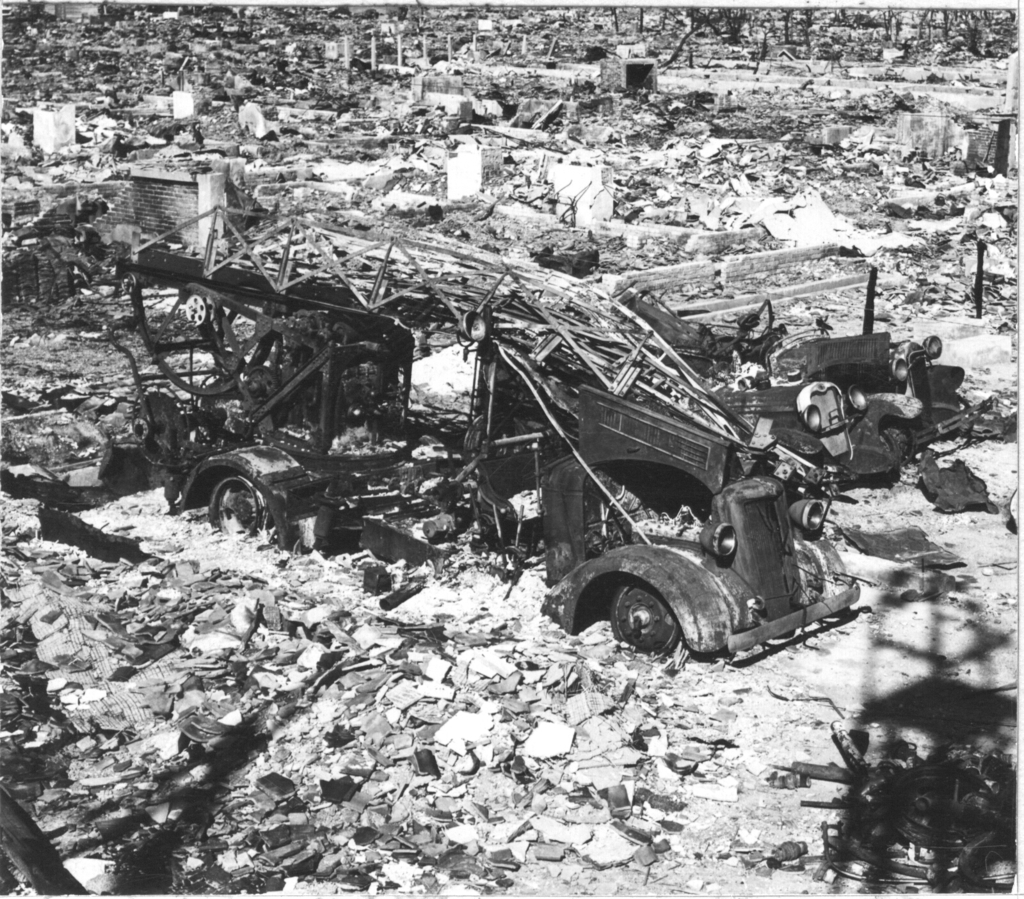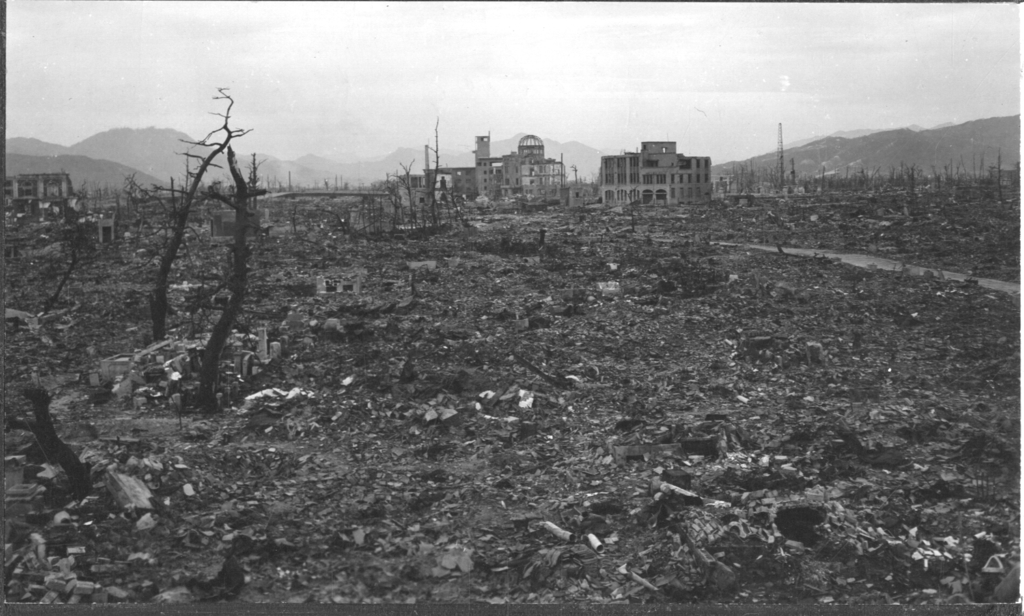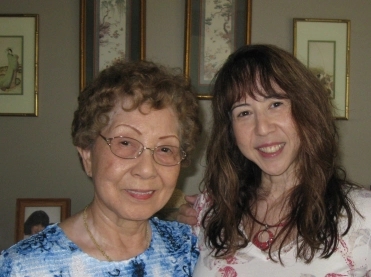
Editorial
Other Echoes in the Garden… Click here to read.
Interviews
Ujjal Dosanjh, former Minister from Canada and former Premier of British Columbia, discusses his autobiography, Journey After Midnight – A Punjabi Life: From India to Canada, and the need for a world with less borders. Click here to read.
Professor Fakrul Alam discusses his new book of Tagore translations, Gitabitan: Selected Song-Lyrics of Rabindranath Tagore. Click here to read.
Translations
Tagore’s Musalmanir Galpa (A Muslim Woman’s Story) has been translated from Bengali by Aruna Chakravarti. Click here to read.
Masud Khan’s poem, In Another Galaxy, has been translated from Bengali by Professor Fakrul Alam. Click here to read.
Wakeful Stays the Door, a poem by Munir Momin, has been translated from Balochi by Fazal Baloch. Click here to read.
Dangerous Coexistence, written in Korean and translated by Ilhwah Choi. Click here to read.
Proshno or Questions by Tagore has been translated by Mitali Chakravarty. Click here to read.
Pandies Corner
Songs of Freedom: An Ordinary Tale is a narrative by Nandani based on her own experiences, translated from Hindustani by Janees. These narrations highlight the ongoing struggle against debilitating rigid boundaries drawn by societal norms, with the support from organisations like Shaktishalini and Pandies. Click here to read.
Poetry
Click on the names to read the poems
Jared Carter, Rhys Hughes, Malachi Edwin Vethamani, Luis Cuauhtémoc Berriozábal, Saranyan BV, Ryan Quinn Flanagan, A Jessie Michael, Jahnavi Gogoi, George Freek, Koushiki Dasgupta Chaudhuri, David Francis, Akil Contractor, Michael Burch
Poets, Poetry & Rhys Hughes
In An Experiment with Automatic Poetic Translation, Rhys Hughes auto translates an English poem sequentially through 28 languages and then back to English with hilarious results. Click here to read.
Musings/ Slices from Life
Timothy Jay Smith writes on the refugee crisis in Lesbos Island, Greece with photographs by Michael Honegger. Click here to read.
Migrating to Myself from Kolkata to Singapore
Asad Latif explores selfhood in context of diverse geographies. Click here to read.
Islands that Belong to the Seas
Paul Mirabile muses on how humans are like migrants on islands borrowed from the seas. Click here to read.
Of Dreams, Eagles and Lost Children
Aysha Baqir muses on the narrow, closed borders that condemn children. Click here to read.
Mushroom Clouds and Movies: Response from a Hibakusha’s Daughter
Kathleen Burkinshaw discusses Oppenhiemer the movie. Click here to read.
Sleepless in the High Desert, Slumber in the Sierra
Meredith Stephens covers Nevada to Columbia in a car with her camera. Click here to read.
Ravi Shankar reminisces on bygone days. Click here to read.
Musings of a Copywriter
In The Amateur Professional, Devraj Singh Kalsi writes of a amateur who thought of himself as a professional. Click here to read.
Notes from Japan
In How I Wound Up in Japan, Suzanne gives her story as an immigrant. Click here to read.
Essays
A Different Persuasion: On Jane Austen’s Novels & their Adaptations
Deepa Onkar delves into the world of Jane Austen books and films. Click here to read.
Mohul Bhowmik explores Andaman with a camera and narrative. Click here to read.
Bhaskar’s Corner
In Chittaranjan Das: A Centenary Tribute, Bhaskar Parichha discusses the life of one of the most legendary Odia writers. Click here to read.
Stories
Farouk Gulsara shares a story based on the life of a migrant in 1950s. Click here to read.
Shivani Shrivastav weaves a story of friendship and loneliness among migrants. Click here to read.
Khayma Balakrishnan explores human and supernatural interactions in a school setting in Malaysia. Click here to read.
Reeti Jamil narrates a strange tale set in a village and told by a farmer. Click here to read.
Book Excerpts
An excerpt from Ujjal Dosanjh’s Journey After Midnight: A Punjabi Life from Canada to India. Click here to read.
An excerpt from Roses in the Fire of Spring: Better Roses for a Warming World and Other Garden Adventures, by M.S. Viraraghavan and Girija Viraraghavan. Click here to read.
Book Reviews
Somdatta Mandal reviews Amitav Ghosh’s Smoke and Ashes: A Writer’s Journey Through Opium’s Hidden Histories. Click here to read.
Basudhara Roy reviews Greening the Earth: A Global Anthology of Poetry, edited by K. Satchidanandan & Nishi Chawla. Click here to read.
Bhaskar Parichha reviews Arunava Sinha’s The Greatest Indian Stories Ever Told: Fifty Masterpieces from the Nineteenth Century to the Present. Click here to read.
.
Click here to access the Borderless anthology, Monalisa No Longer Smiles
Click here to access Monalisa No Longer Smiles on Kindle Amazon International
